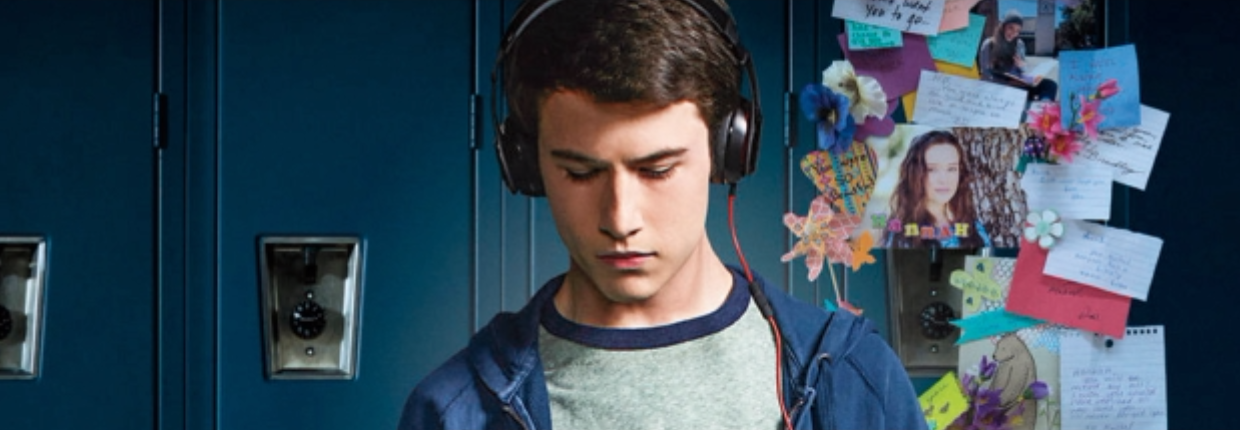Suicide is a difficult topic to discuss. It insists that we concentrate on the abhorrent realities of mental illness, bullying, poor family situations and differing class cultures.
The lack of uniformity between each case of suicide makes the issue itself a very difficult concept to understand and discuss confidentiality.
Additionally, the facts revolving a case of suicide are often manipulated to come across softer than the raw and unpleasant nature of self inflicted loss of life. The stigma surrounding suicide often prevents the spread of awareness.
Perhaps this is why the new Netflix series “13 Reasons Why,” based on the book written by Jay Asher in 2007, has become such a sensation. The show begins shortly after Hannah Baker (Katherine Langford) commits suicide in her junior year of high school.
Some critics and suicide prevention experts state that the show could be doing more harm than good. Dan Reidenberg, executive director of Suicide Awareness Voices of Education, agreed stating, “the fact that Hannah gets to tell her story after her death, through the audiotapes, glamorizes the death and sends a potentially dangerous message to viewers.”
Critics have also argued that the show is selfish in its failure to show an abundance of scenes reflecting Hannah’s personal pain, instead showing scenes of Hannah inflicting pain on others by making them feel guilty for her death. At the end of the show, several characters ultimately make drastic decisions driven by their guilt and fear after listening to the tapes.
Psychologists have also reported that the show fails to address the permanence of Hannah’s decision to end her life. Critics believe that teenagers and young adults may fail to see that Hannah’s choice to end her life was final; and while she may be inflicting revenge on those who ultimately hurt her, the revenge is sought through the tapes after her death. President of the Child Mind Institute Dr. Harold S. Koplewicz added, “Teenage suicide is contagious. We know for over three decades that when kids watch television where they depict a suicide, they’re more likely to attempt and they’re more likely to actually [kill themselves].” Hannah is not the “winner” by inflicting condemnation on those who damaged her. She is dead. She is not coming back.
The National Association of School Psychologists recently sent out a letter to professionals at schools worldwide, encouraging parents of children who are currently watching or already did watch the series to have a thorough conversation about suicide with their children.
Psychologist Elana Premack Sandler is worried that without the ability to differentiate between a TV drama and reality, children will have morphed ideas of suicide and perhaps not be able to distinguish fact from fiction.
According to CHS health teachers Alexandra Libby and Darby Hille, this is the first year guidance counselors have scheduled speakers from the CHADS, an organization dedicated to spreading awareness about mental health and suicide, to make an appearance in the
Choosing Wellness and Healthy Decisions courses.
In addition to the CHADS presentation, Libby and Hille will be crafting a presentation that all CHS students will receive before the end of the year.
Because not everybody is presently enrolled in a health class, Libby and Hille plan on working the presentation into core classes on a chosen day.
While the middle school health department weaves some surface-level information about mental health into the curriculum, Libby stresses the fact that the high school curriculum will get more in depth with the “real stuff” dealing with mental health.
Mental health is a serious subject that can not be taught or understood simply from watching a Netflix T.V. show.
While “13 Reasons Why” depicts a powerful image on the realities of depression and suicide, adults and young adults alike should use this show as a launchpad for further research and learning opportunities in order to better understand suicide.
